Over the past 40 years, the amount of waste Singaporeans produce has increased seven-fold, to 7.7 million tons in 2017 alone. Every day, about 2,000 tons of waste are dumped on Pulau Semakau, a tiny island 5 miles off the southern coast of Singapore. It is the country’s only landfill, and at this rate, it will run out of space by 2035.
For years, Singapore has been working on improving its relationship with waste. Since 2003, it has been treating wastewater to create ultraclean, high-grade reclaimed water (mainly for industrial and air-conditioning purposes). Now, a new exhibition shines a light on the need for a similar mental shift for consumer waste. Called Waste Refinery, it spotlights projects by 20 designers who are using waste as a primary material in their work. On view through January 16, it seeks to reframe trash like plastic milk bottles, food scraps, and discarded textiles not as unwanted materials, but as precious resources.
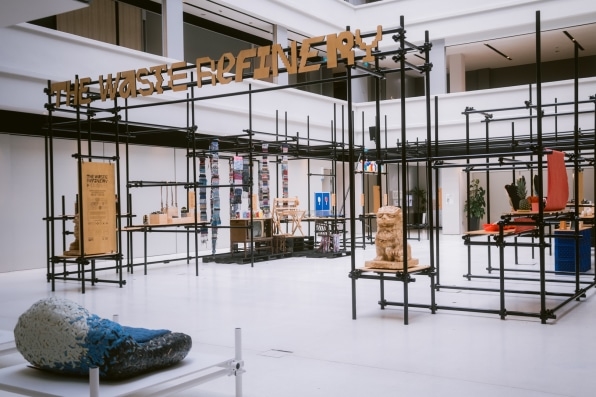
The exhibition was commissioned by DesignSingapore Council—a subsidiary of the Singapore Economic Development Board that sees design as a tool for business growth and innovation—and curated by creative design agency Kinetic. Spanning fashion, furniture, art, craft, and material innovation, it presents a wide array of products displayed under a canopy of repurposed scaffolding that was sourced from past construction projects.
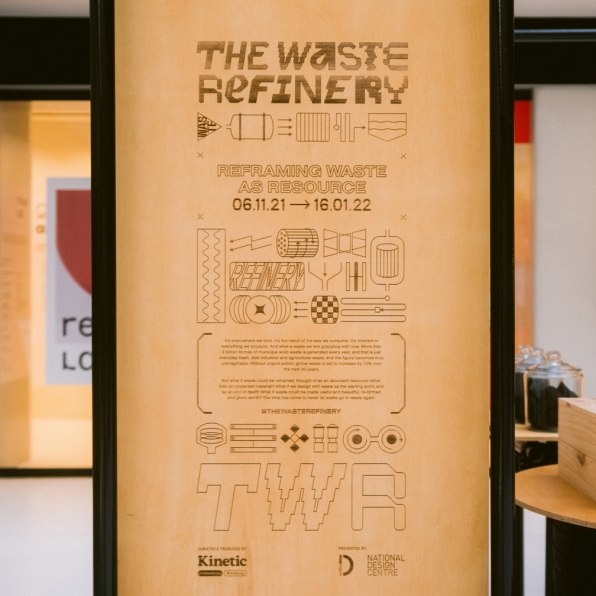
There are biodegradable handbags made from postindustrial waste like discarded fruit peels (by Berlin company Sonnet155); flip-flops made from waste rubber and discarded old shoes (by Indonesian company Indosole); leather-like textiles made from pineapple leaves (by Philippines-based Ananas Anam); and ping-pong rackets made from plastic milk bottles (by Australian industrial design studio Préssec).
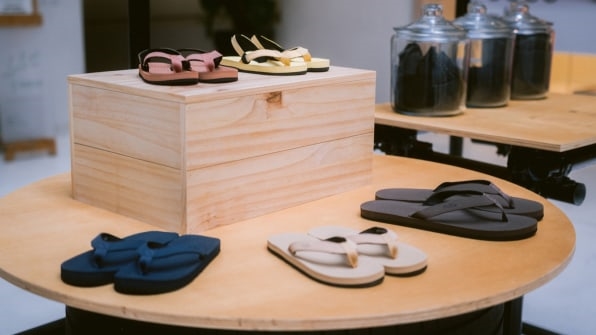
[Photo: Kinetic Singapore]
It’s worth noting that Singapore boasts high recycling rates for its industrial and construction waste (98%), scrap tires (95%), and wood (64%). That said, materials like plastics, textiles, glass, and ceramics aren’t recycled anywhere near as much (only 4% for plastics and 11% for glass). “That’s what consumers use the most,” explains Mark Wee, the executive director of DesignSingapore Council. “This is a great way to illustrate for a consumer audience how waste could be used in imaginative ways.”
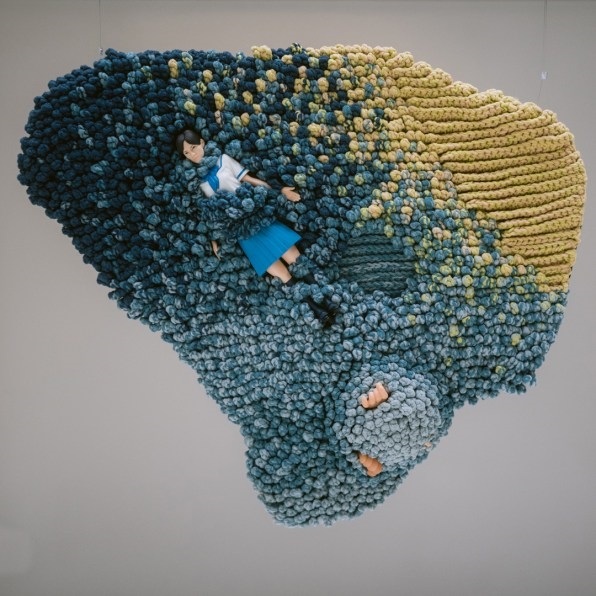
[Photo: Kinetic Singapore]
The exhibition seeks to make an invisible problem highly visible by providing creative solutions. But for global waste to be reduced in any significant way, the projects would need to be scaled dramatically. This may be the ultimate goal of the exhibition, but it’s one very ambitious, very tall order. In the meantime, the idea is to shift perspectives and encourage people to reduce their consumption in the first place, or consider ways to prolong the life span of the products they use.
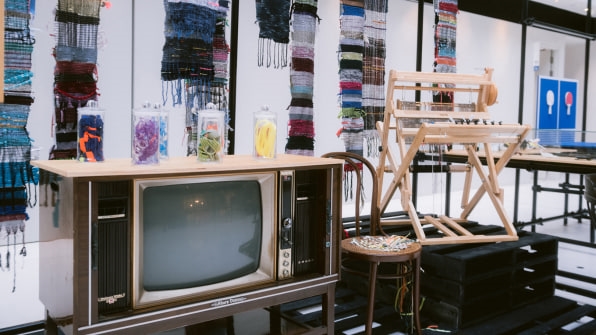
For example, the exhibition features a collaboration between local furniture store Hock Siong and Singaporean textile firm Soft Studio, which mended damaged chairs using colorful yarns, themselves salvaged from discarded textiles and other waste materials. The repairs are very visible, and the chairs aren’t meant to be sat on again, but the art project suggests that broken objects don’t have to be trashed. “Even if you have a broken chair it doesn’t mean it’s gone,” says Pann Lim, cofounder and creative director at Kinetic.
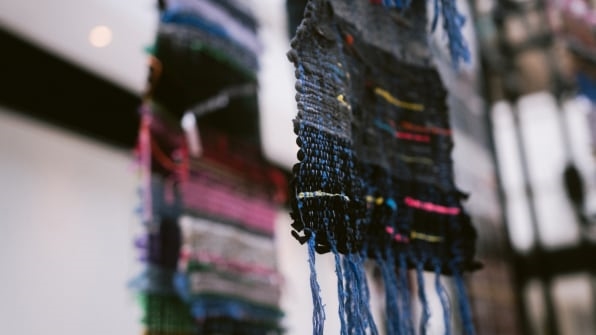
[Photo: Kinetic Singapore]
Waste Refinery isn’t the country’s first waste-related artistic venture: In January of this year, another exhibition by DesignSingapore Council (co-presented with Singaporean designer Hans Tan Studio), R for Repair, showcased the potential and inherent value of repairing by matching 10 designers with 10 broken objects in need of a second lease on life. Now, the curators are hoping that Waste Refinery will inspire consumers to change their habits, and businesses to change their manufacturing processes. “We have to think about the stuff around us that we consume that can become something else, not just go to [Semakau] island,” Wee says. “That’s when design comes in.”
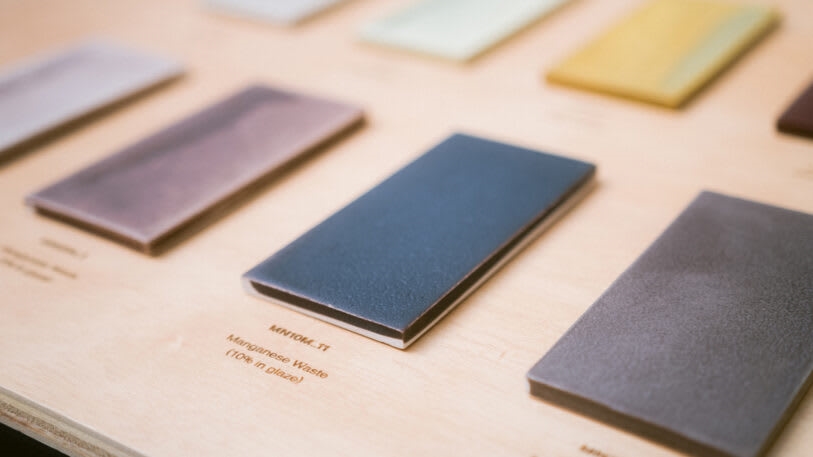
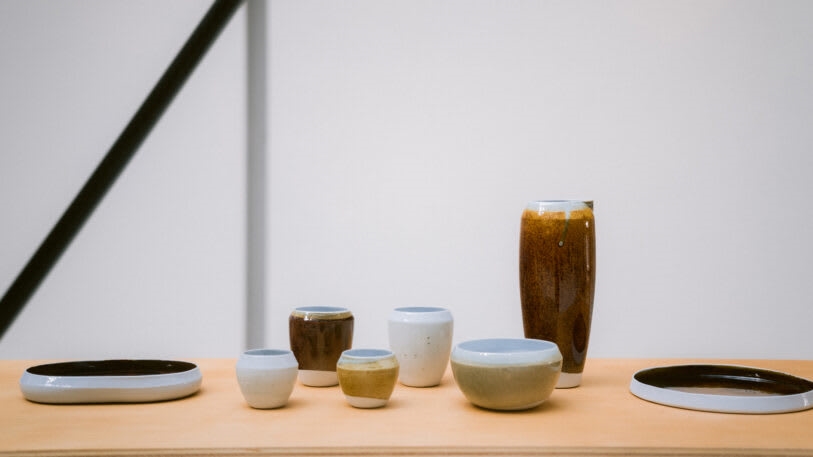
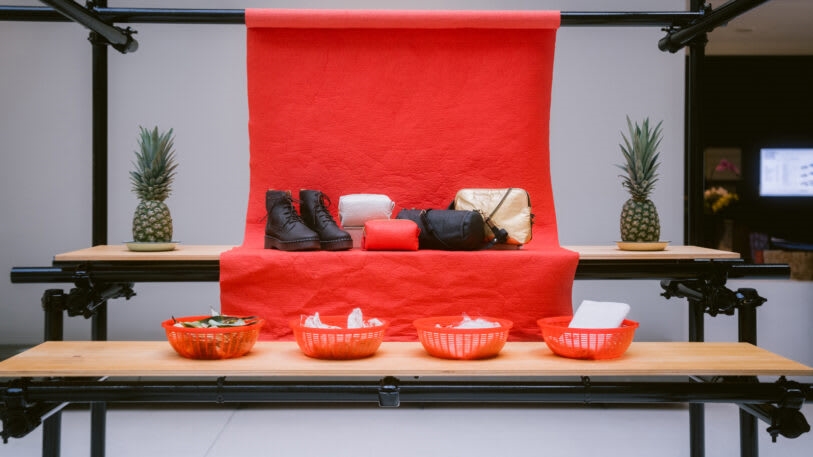
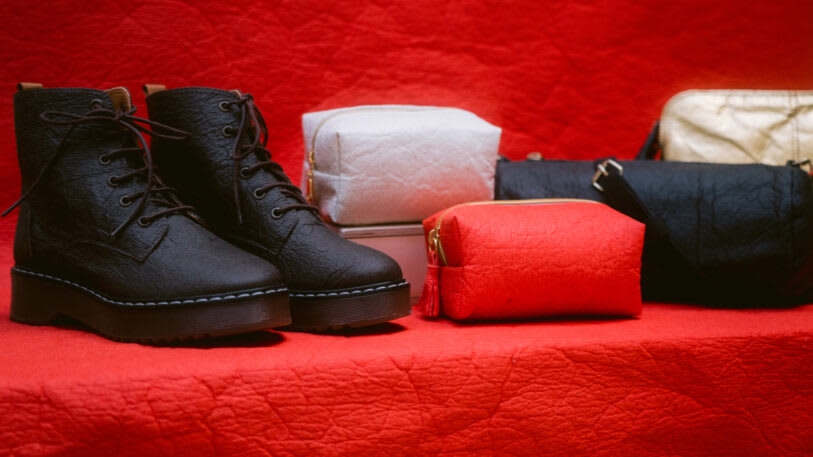
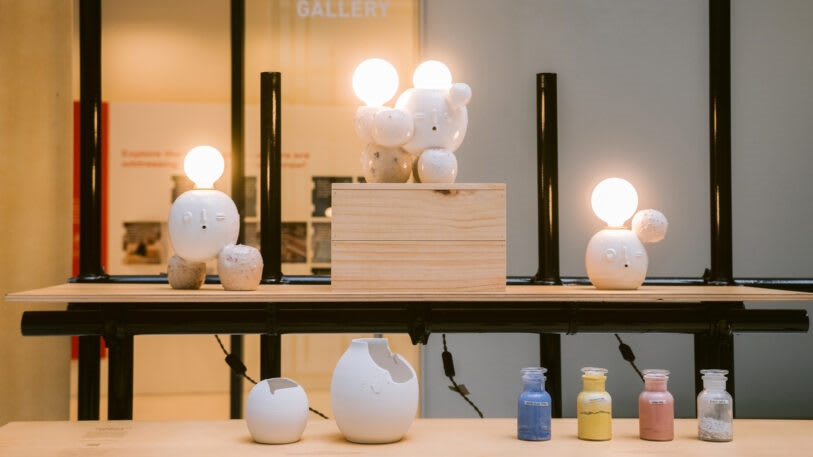
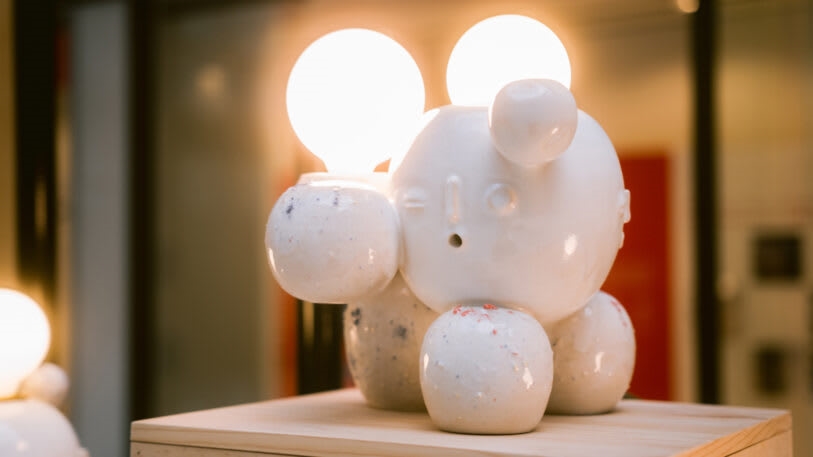
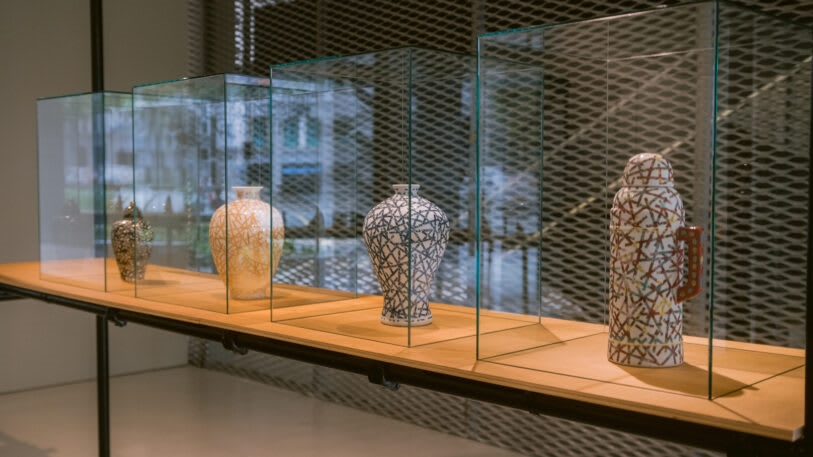
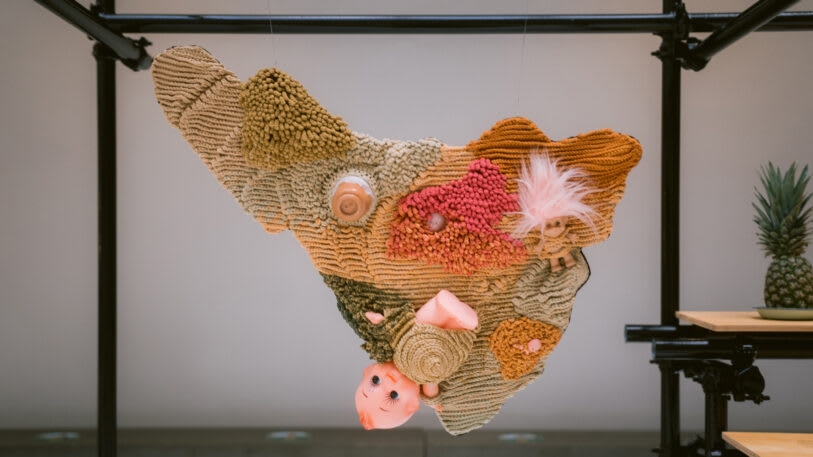
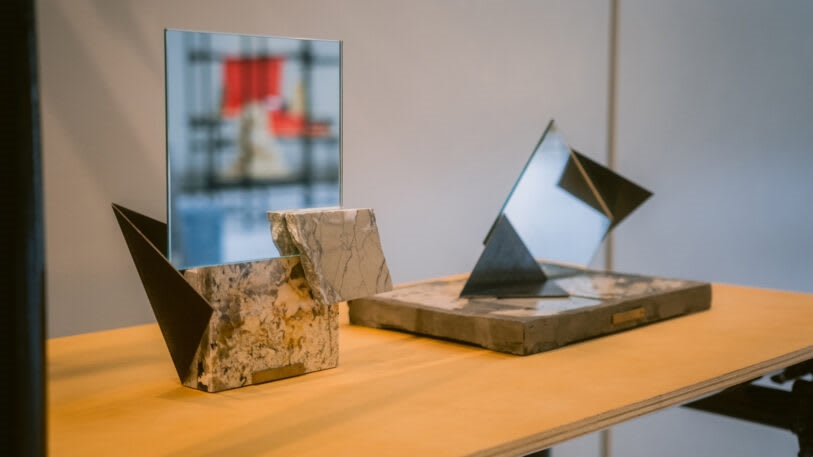
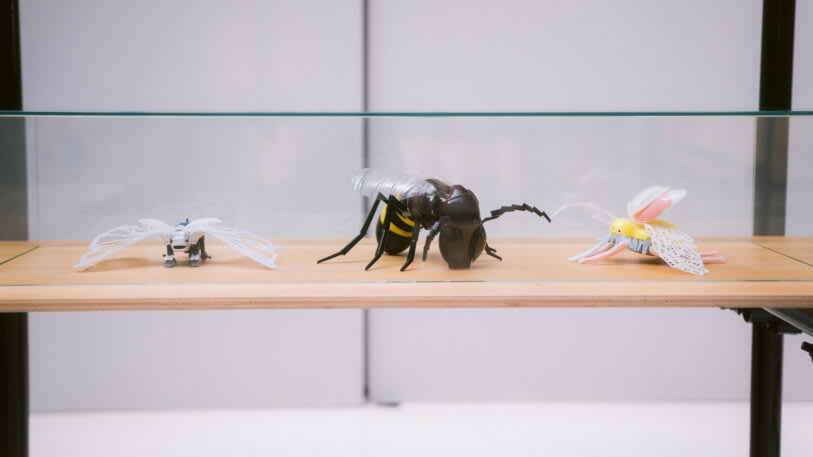
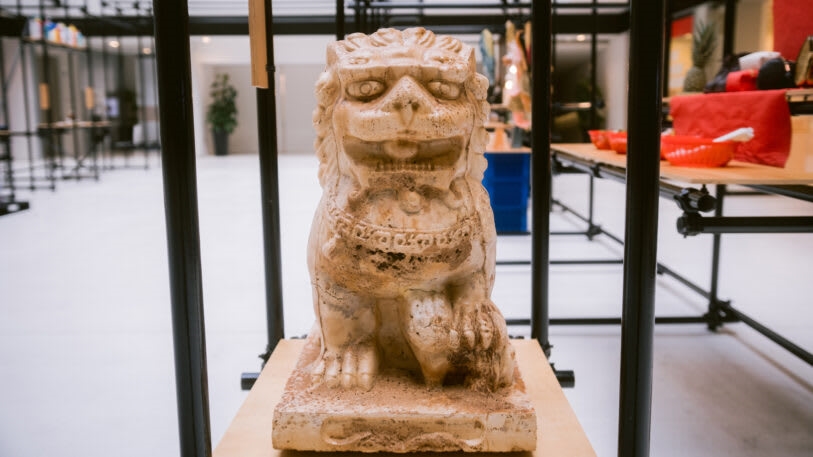
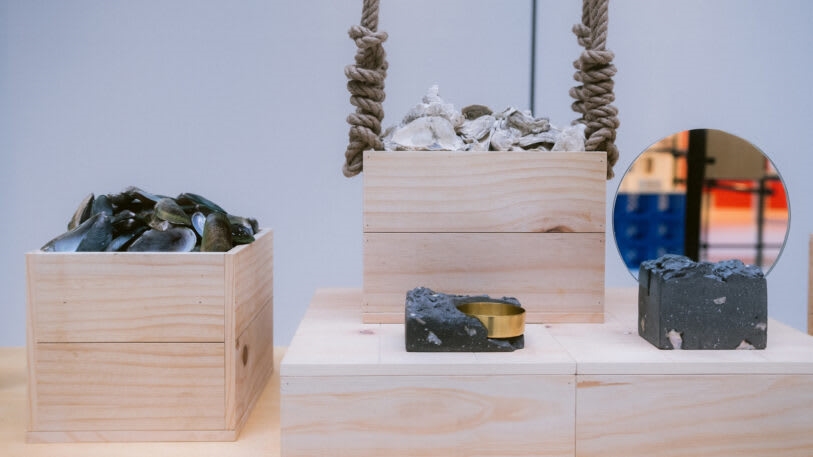
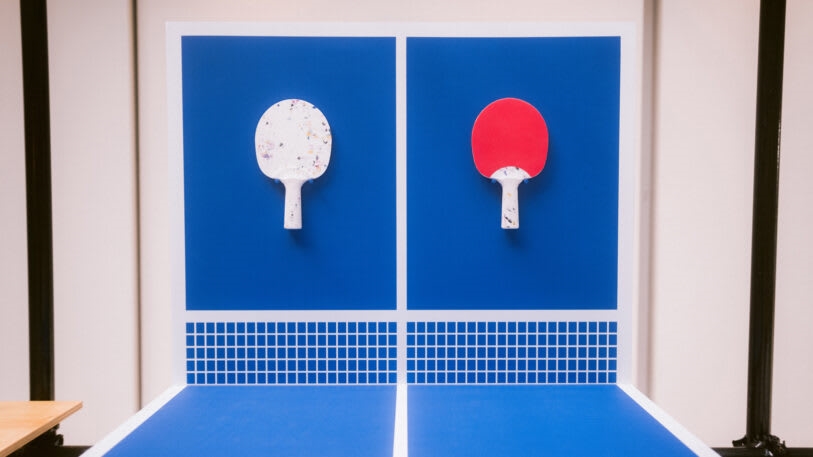
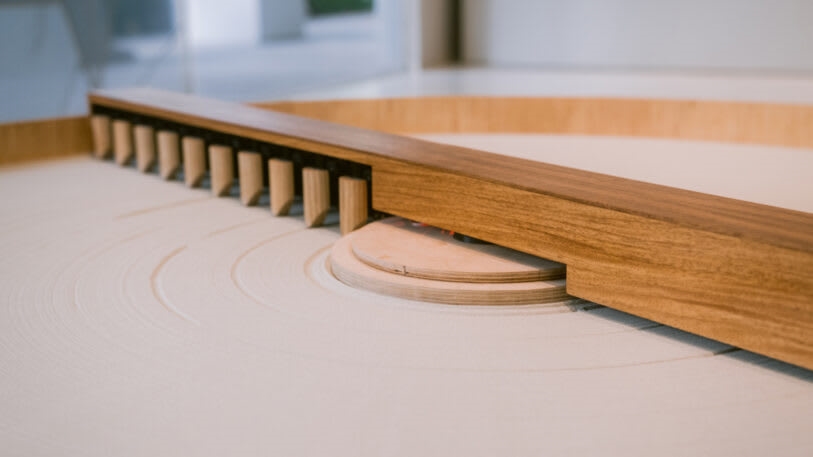
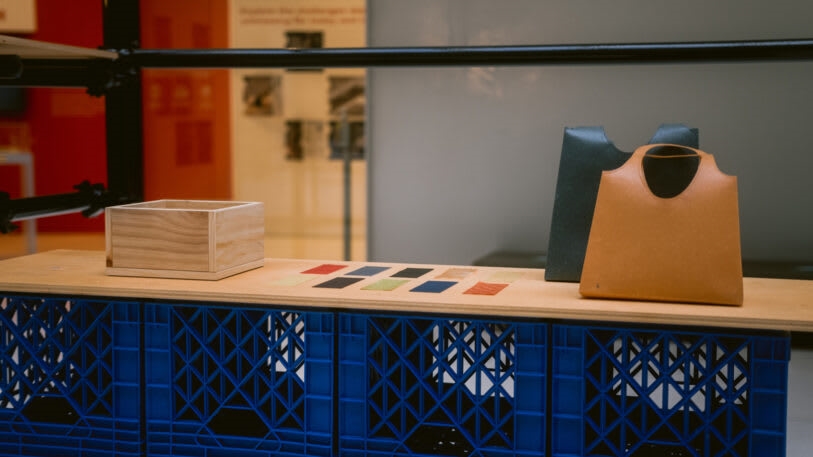
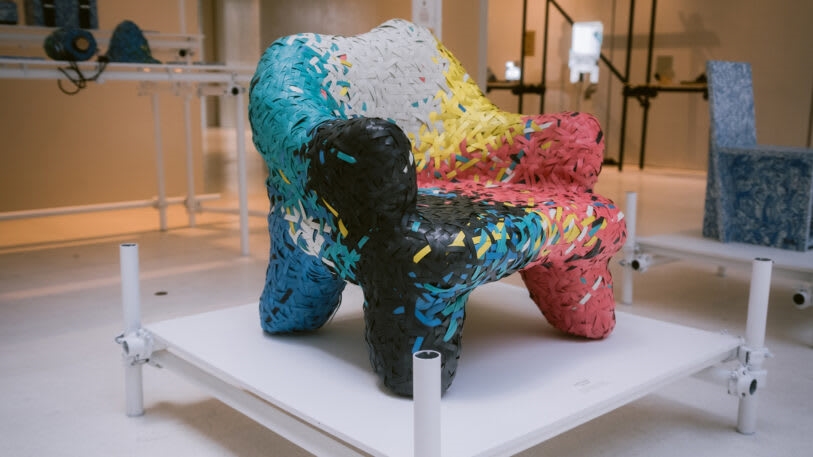
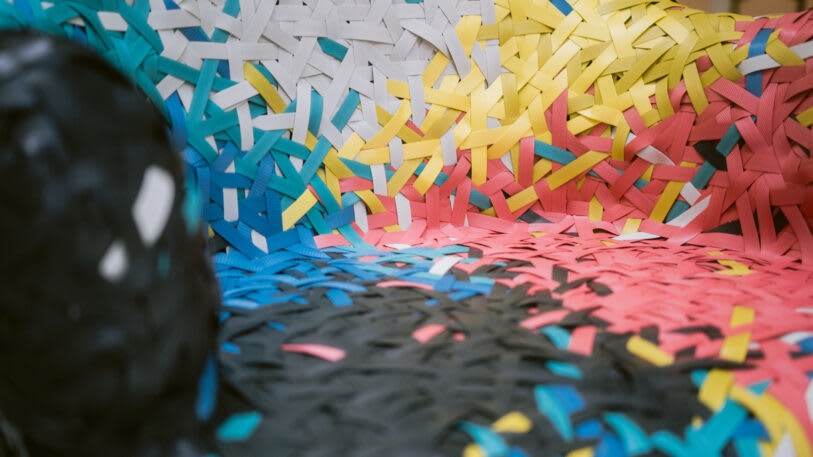
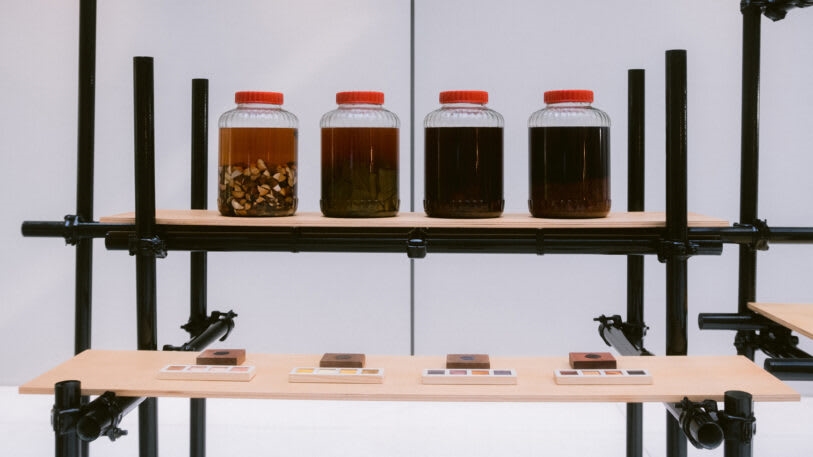
Fast Company , Read Full Story
(53)